Importance of Endometrial Receptivity in an IVF Cycle for a Successful Pregnancy

In July 2014, a 34-year-old woman visited our Nova IVF fertility centre in Chembur, Mumbai with a nine-year history of primary infertility. Her medical history revealed that she had failed attempts at one fresh and three frozen embryo transfer cycles. Dr Sneha Sathe, IVF & Fertility specialist at Nova IVF Fertility, Chembur was in charge of this case. As part of the routine investigations, Dr Sathe advised an infertility evaluation which revealed normal AMH (Anti Mullerian Hormone) levels of 1.58, normal biochemical, immunological and coagulation parameters in the woman and average semen analysis in her husband.
She underwent an IVF cycle at Nova in July 2014, with the transfer of 2 early blastocysts on Day 5. 2 other blastocysts were frozen on Day 6. Her pregnancy test, however, came out to be negative.
Given multiple failed attempts despite transferring good quality embryos and normal-appearing endometrium, Dr Sathe suspected the patient was suffering from issues with her endometrial receptivity.
What is Primary Infertility?
Infertility can be of two types– primary and secondary. Primary infertility refers to couples who have not been able to conceive after at least one year of having sex without birth control measures. There can be many physical and emotional causes for primary infertility faced by a couple. The problems can be in the man, woman or both.
What is Endometrial Receptivity?
After fertilisation, the implantation of the embryo is a complex process that is governed by multiple factors. The timing of embryo development and its implantation is a vital key in achieving a successful pregnancy. Endometrial receptivity is that stage in a woman’s menstrual cycle when the endometrium is ready for embryo implantation. This stage occurs in a time frame called the ‘Window of Implantation’ or WOI.
Around 248 genes govern endometrial receptivity, and these determine a woman’s Window of Implantation. This information acts as a tool for doctors to determine when they can schedule an embryo transfer for successful implantation.
Opting for an ERA Test
To determine the patient’s endometrial receptivity, she was advised an Endometrial Receptivity Array (ERA Test) and Pre-implantation Genetic Screening (PGS) before the frozen embryo transfer in the next IVF cycle.
An ERA or Endometrial Receptivity Array, also called Endometrial Receptivity Analysis, is a genetic test performed on a very small sample of a woman’s endometrial lining. This test helps determine the best day for a woman’s implantation and acts as a guide for the best time for embryo transfer in an IVF cycle.
An ERA Test is advised to patients who:
- Have had two or more unsuccessful embryo transfers
- Have thin endometrial lining
- Unsuccessful implantation of good quality embryos
Despite an ERA-guided frozen embryo transfer, the patient could not achieve a successful pregnancy.
Displaced Window of Implantation
In a normal, healthy woman with a regular menstrual cycle, implantation occurs on the ninth day after ovulation and fertilisation. It keeps the window between the 19th to the 23rd day of a woman’s cycle. While 80% of women have this window of implantation, around 20% have a displaced, unique window that occurs earlier or later than this expected range.
This is what happened in the patient’s case. In October 2014, an endometrial biopsy was collected on day P+5 in a hormone replacement (HRT) cycle. It was similar to the previous embryo transplants that failed. The ERA result was late-receptive, with a recommendation to plan the blastocyst transfer 12 hours earlier than when the endometrial biopsy was performed.
Following the results of the ERA test conducted, Dr Sathe performed a pET at P+4.5 with two blastocysts in May 2015. And we achieved a twin pregnancy. She delivered a healthy baby boy and girl at term, and the twins are now five years old.
After this patient, we have had several patients with a shifted Window of Implantation on ERA who came positive after PET.
 Infertility Counselling
Infertility Counselling Female Infertility Treatment
Female Infertility Treatment Andrology Treatment
Andrology Treatment Fertility Enhancing Surgeries - Female
Fertility Enhancing Surgeries - Female Fertility Enhancing Surgeries - Male
Fertility Enhancing Surgeries - Male Endoscopy Treatment
Endoscopy Treatment IUI Treatment
IUI Treatment IVF Treatment
IVF Treatment ICSI Treatment
ICSI Treatment Advanced IVF Solutions
Advanced IVF Solutions Embryology
Embryology Vitrification Egg, Embryo, Sperm Freezing
Vitrification Egg, Embryo, Sperm Freezing Preimplantation Genetic Testing (PGT)
Preimplantation Genetic Testing (PGT) Donation Program Embryo / Egg / Sperm
Donation Program Embryo / Egg / Sperm Self-cycleTM IVF
Self-cycleTM IVF

 Self-cycleTM IVF
Self-cycleTM IVF


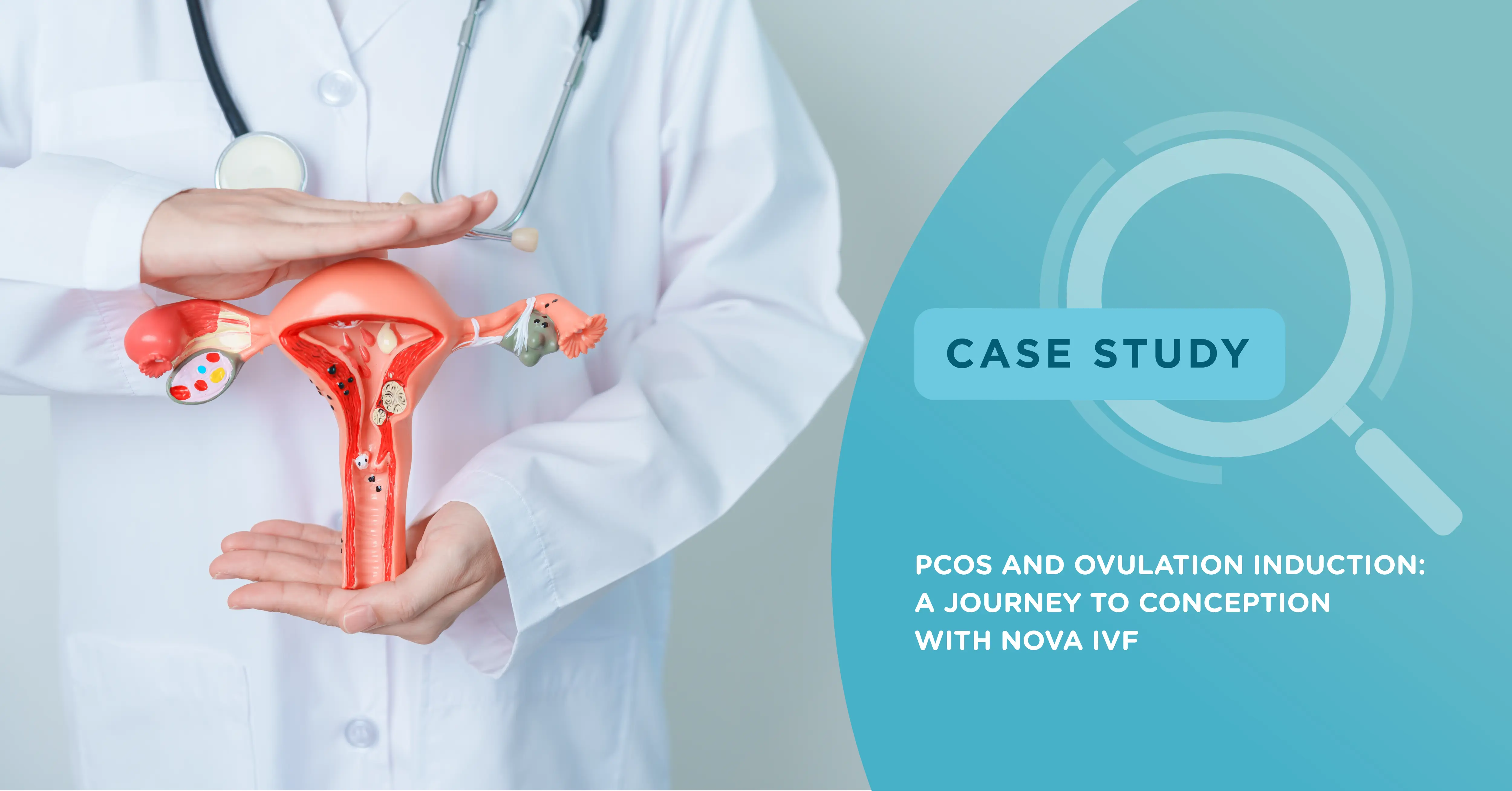
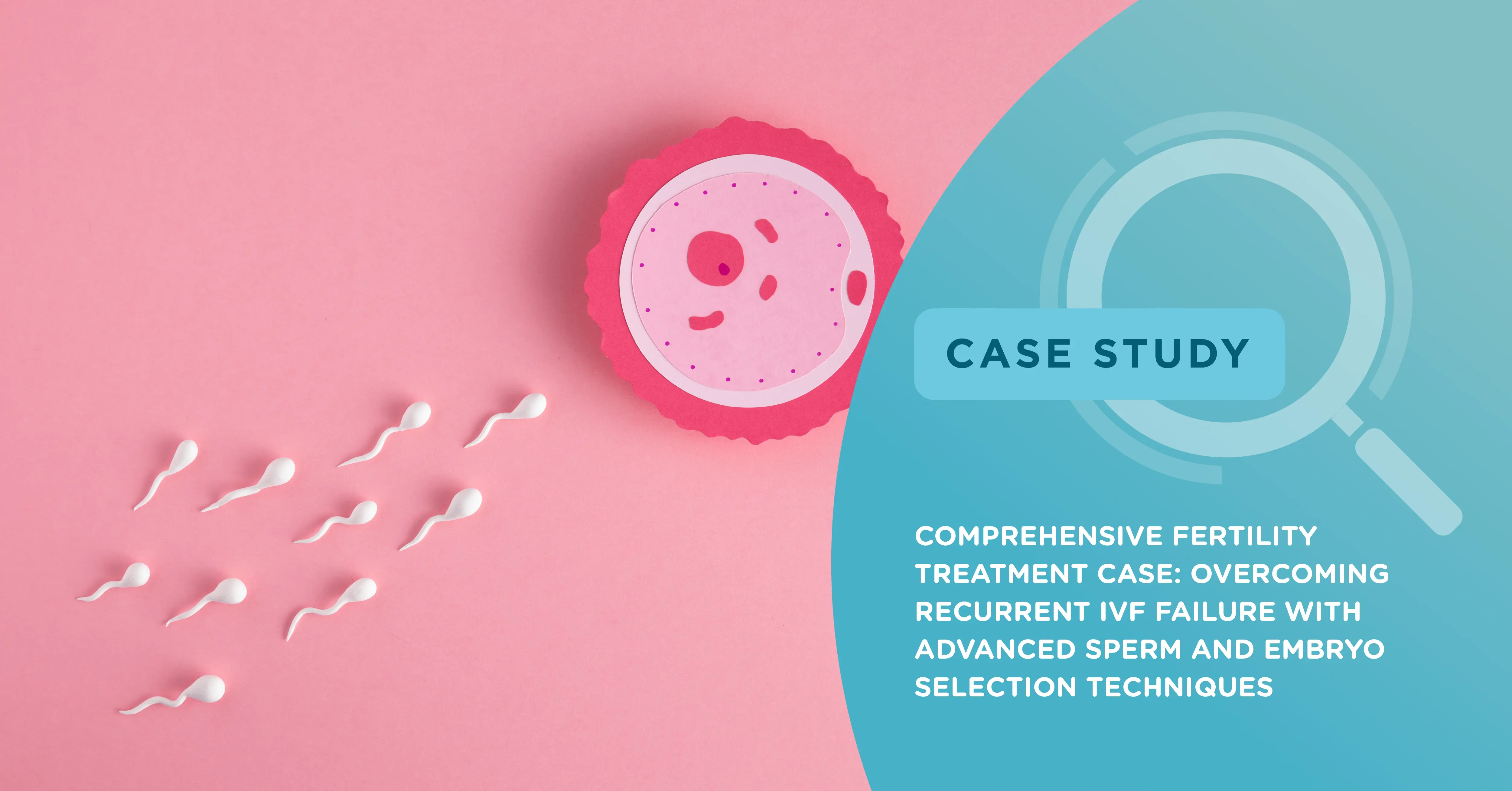
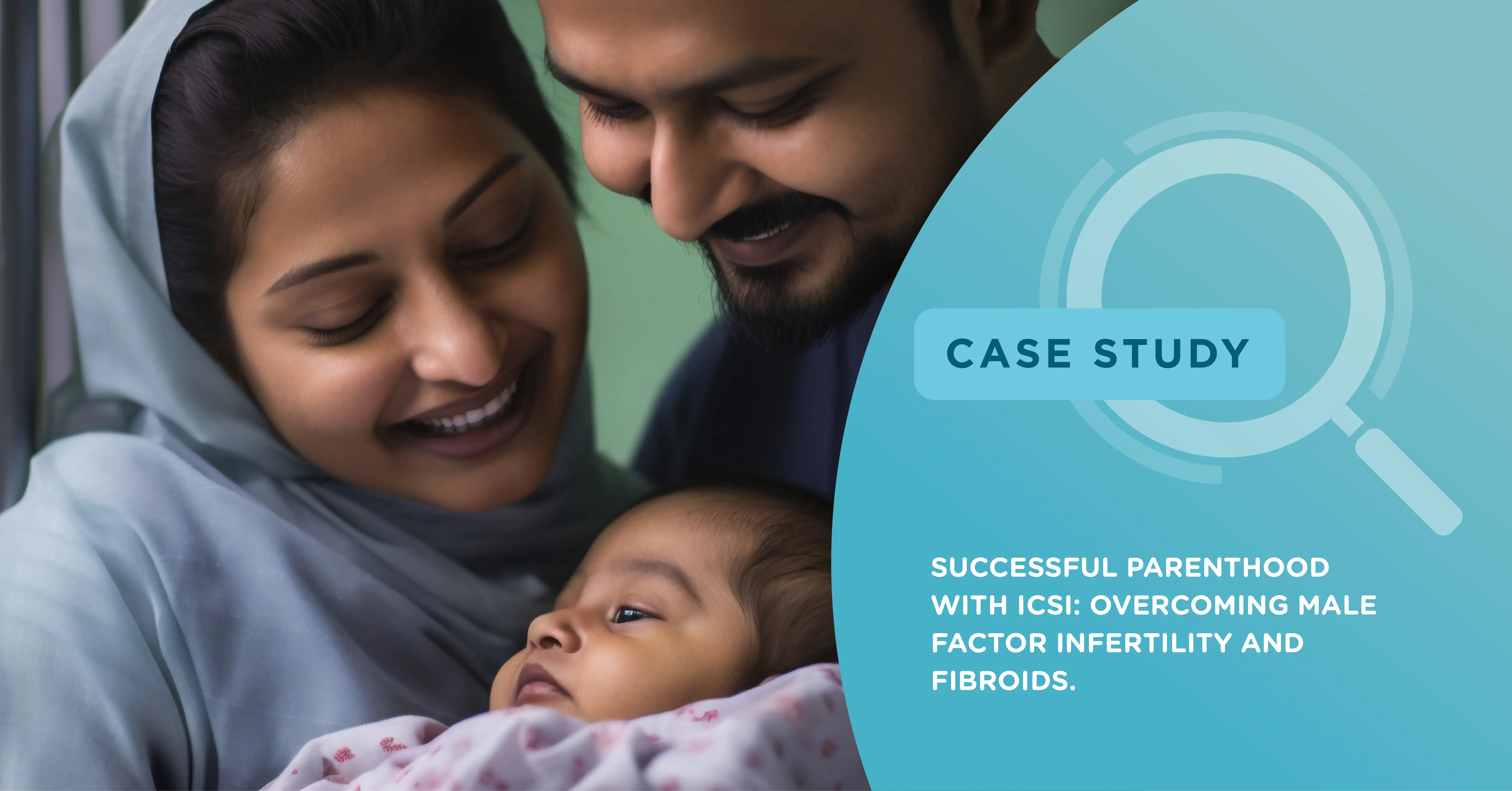
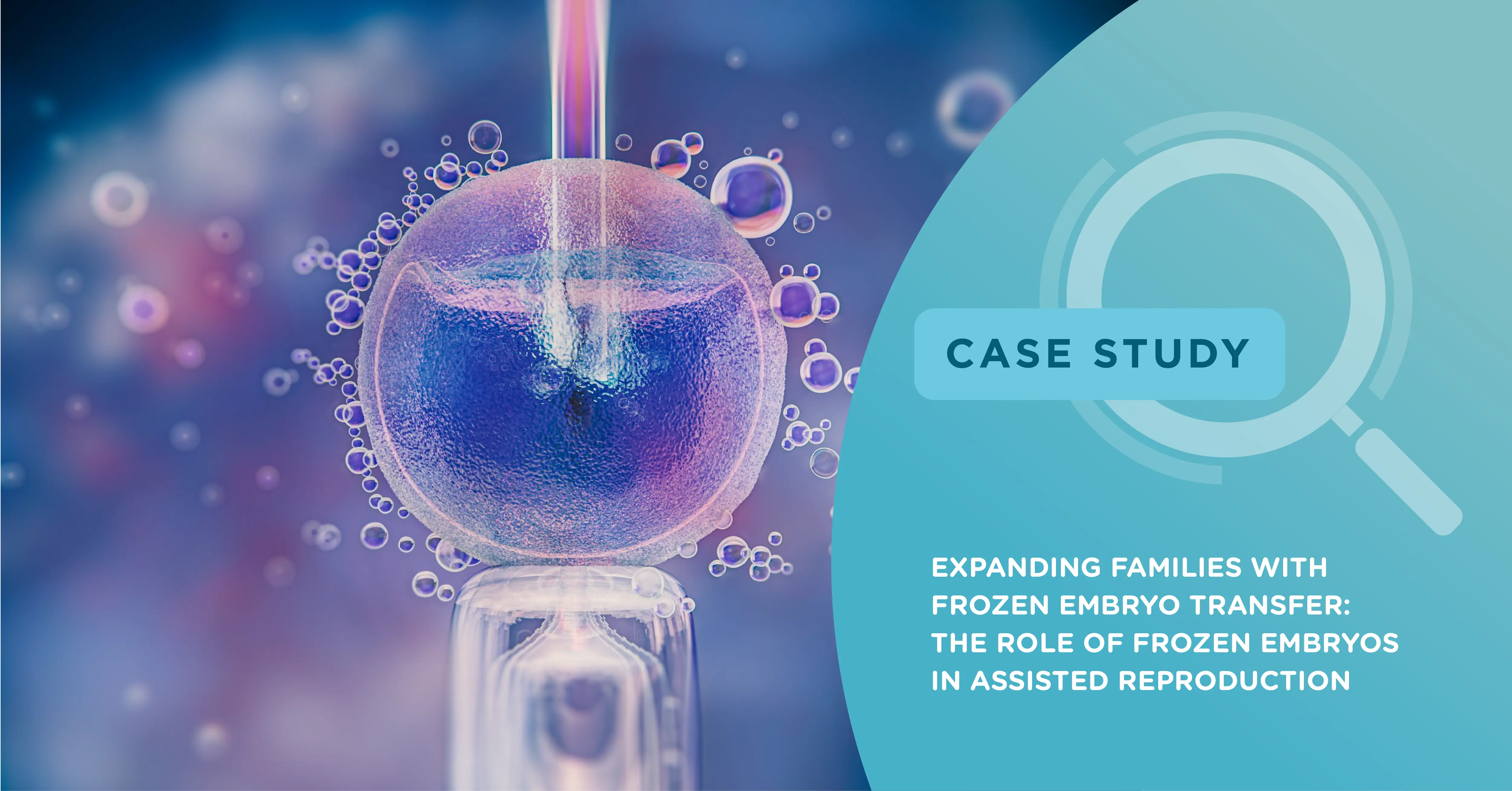

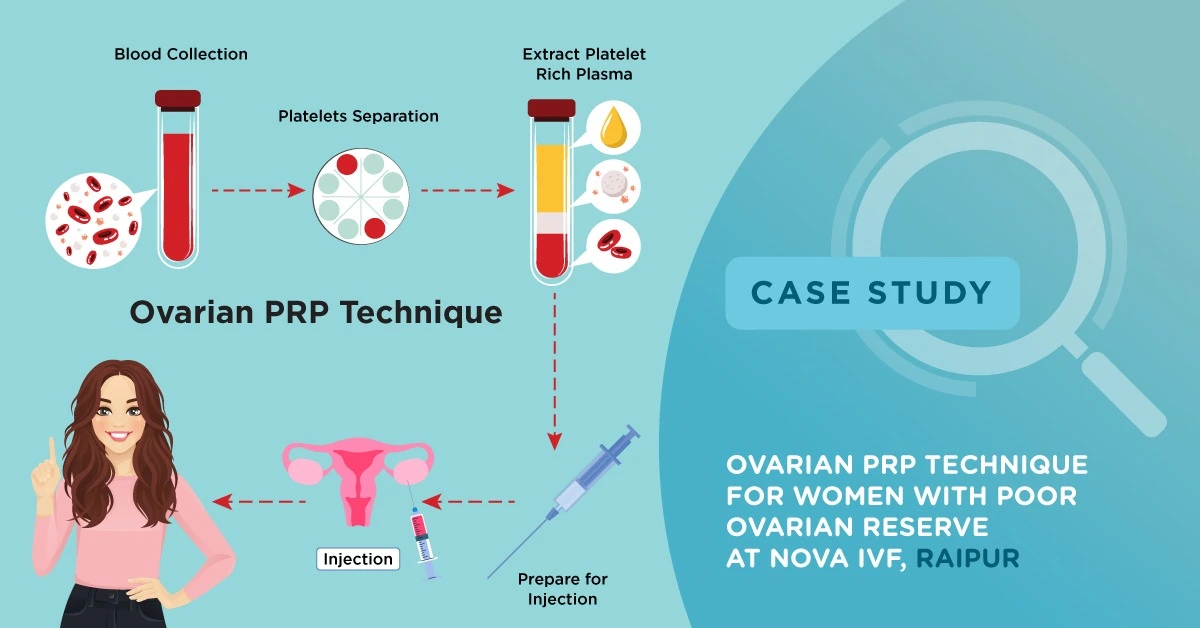
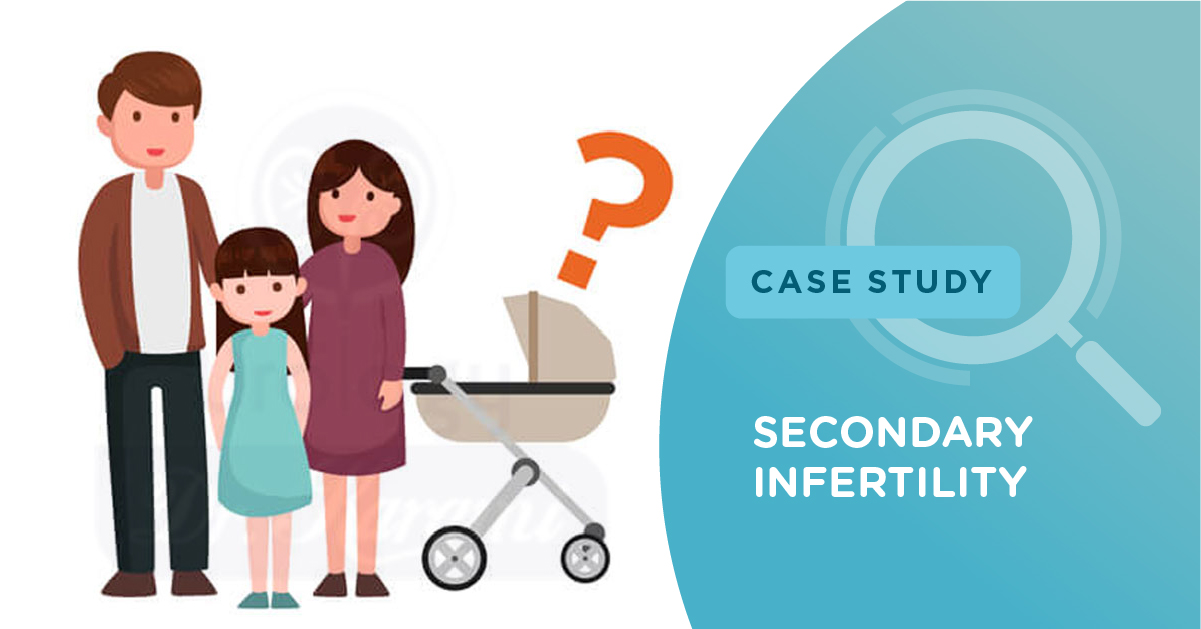
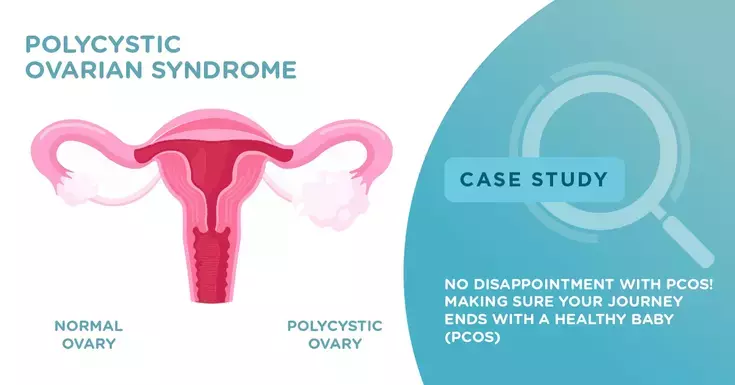






Add new comment